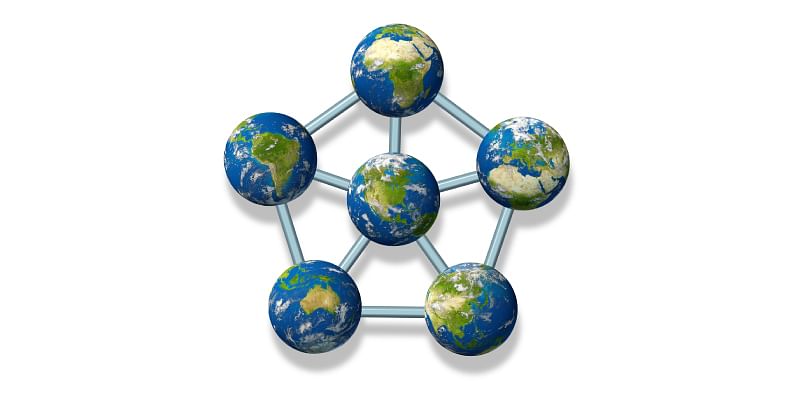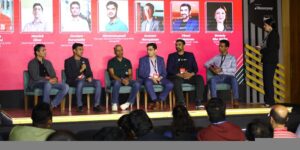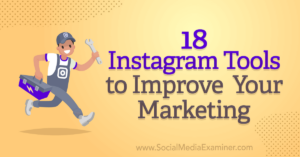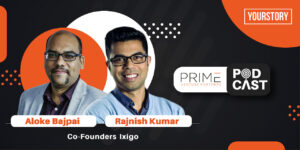CII’s annual Global Knowledge Summit will be held virtually on April 8-9 this week. The theme of the 16th summit is Transforming Knowledge Management for Hybrid Learning and Hybrid Workplaces.
As media partner for the Knowledge Summit, see YourStory’s coverage of the editions from 2021, 2020, and 2019, and sessions takeaways from the Bangalore K-Community meetups.
See also our profiles of MIKE (Most Innovative Knowledge Enterprise) award winners EY, Tata Steel, Cognizant Technology Solutions, Afcons Infrastructure, Petroleum Development Oman, BINUS University, and Mobarakeh Steel Company.
In this preview article, two speakers share insights on the connected workforce, digital transformation, and leadership mandates.
Networks, social learning, and skilling
“Skilling is at the heart of transforming nations. It is indeed the biggest opportunity and challenge of the decade,” explains Nishchae Suri, President, Asia Pacific, Middle East, and Africa, EdCast, in a chat with YourStory.
“The speed and scale at which organisations can upskill and reskill their workforce may well become their only competitive sustainable advantage,” he adds. Workforce agility is key in this regard.
“Owing to the coronavirus pandemic, corporate mortality rates are expected to soar,” Nishchae adds. Continuous learning is thus integral to the Future of Work, calling for a shift in individual and organisational mindsets.
“The new order of work requires talent that is networked and fluid with an ever-growing set of skills that is fast-changing,” he advises. Healthy, multi-faceted, and flexible learning ecosystems are hence crucial.
“A successful future lies at the intersection of technological adoption, human-machine collaboration, and culture of enablement,” Nishchae suggests. This calls for openness and empathy.
Existing teaching methods and learning interventions need to be challenged. “It will take a lot, but where there is a will there’s a way, especially when your survival depends on it,” he adds.
“Organisations that have a compelling vision of employees skilled at creating, acquiring, transferring, and applying knowledge are more agile and better performing,” Nishchae explains.
Learning and talent leaders need to solve key challenges like assessing emerging technologies, engaging learners with compelling content, enriching experiences, and demonstrating ROI. New talent programmes also need to be integrated with provision for self-directed learners.
According to the EdCast Learning Health Index Study 2020, tech-enabled learning, contextual delivery, gamification, personalisation, and social learning are the trends to watch.
“Learning should be in the flow of work. A collaborative learning environment is a brewery for creativity and innovation,” Nishchae explains. Learning is lifelong, and work-life lines are becoming blurred or blended.
This may be a struggle for ‘segmenters’ as compared to ‘integrators’, he adds, citing the work of Nancy Rothbrand. “Most organisations recognise that for learning to really happen, it must be made available within systems of productivity and business applications,” he affirms.
Social learning is another important factor. “Organisations see immense value in adding social learning tools to the mix. It connects learning to the daily lives of the learners and also builds social cohesion,” Nishchae explains. Elements of gamification have been deployed in a range of sectors as well.
“The use of AI and machine learning is gaining momentum, enabling more personalised and relevant experiences for employees based on their styles and preferences,” he adds. This improves employee efficiency and the productivity of L&D teams as well.
“The rise of remote learning has also exposed learners to a vast array of learning opportunities outside of their immediate learning environment,” Nishchae observes.
“Digital L&D has become the new norm. COVID-19 has pushed businesses to upskill their digital capabilities, enabling both the mentor and mentee to collaborate online,” he sums up.

Crowdsourcing and talent engagement
The rise of crowdsourcing and crowdfunding platforms has transformed a range of industries and social sectors, with new impetus during the pandemic.
“Reskilling and upskilling is an area where we were able to successfully use social learning and crowdsourcing platforms,” explains Nagarjuna Sadineni, Vice President, Global Delivery Enablement and TopGear Crowd Sourcing, Wipro.
“We were able to fulfil demand across geographies utilising crowdsourcing, considering the work from anywhere scenario. We had more employees participating in voluntary skill-building and crowdsourcing during the pandemic,” he adds.
In 2016, Wipro acquired Topcoder, the world’s largest platform of designers, developers, and data scientists. “We also set up the platform within Wipro with our employees as a base to engage them for projects,” Nagarjuna says.
Wipro also had a social learning and ‘inner sourcing’ platform called TopGear — initiated in the same year. “The acquisition helped us use the unique Topcoder mode of delivery assurance within Wipro as well,” he adds.
“It’s a mindset change for the project managers and employees. We also believe that this experience will help us embrace the Future of Work and gig workers seamlessly,” Nagarjuna suggests.
Atomising the scope of work into multiple smaller pieces that can be done by the crowd is a system that works on trust. “It takes time to build trust in the model for the participants,” he cautions.

There are around 65,000 Wipro employees who are part of the platform today, of which over 10,000 are active participants. “We see the employees engaging in the platform to get exciting technical opportunities of their choice and for the learning experience. This also helps employees build their brand within the organisation,” Nagarjuna adds.
“We have seen that the best employees in the organisation come forward for these opportunities to explore new skills and challenges. We have an opportunity to support talent supply chain operations to internally fulfil many of our critical and niche demands, too,” he affirms.
Looking ahead, Nagarjuna sees demand and supply of talent steadily increasing, with flexibility at the core. “Increasingly, crowdsourcing seems to be the answer to many of these situations. Crowdsourcing will help us engage talent of different skill level in the best possible ways,” he predicts.
“For women in IT, who may have had to leave the industry for a while, the flexibility and learning value should encourage them to join these platforms,” Nagarjuna adds.
“We see crowdsourcing help us bring in more diversity by making the crowd available anywhere in the world accessible to any project. The talent is available wherever they are, and jobs will travel to reach them,” he foresees.
At the same, he cautions that there are concerns in the community over data security and delivery assurance. “We have a few methods by which we route the work to the best suitable crowd — the public, hybrid/certified, or private crowd,” Nagarjuna explains.
“The Topcoder model of delivery — where the experts from the community lead and assure the delivery — help us alleviate the concerns by the stakeholders,” he affirms.
Crowdsourcing should be considered as change management. “We need to prepare the project teams, customers, and participants to make it work,” Nagarjuna says.
He also offers tips for other leaders evaluating the potential of crowdsourcing. “The world is moving towards more gig work and shorter cycle time for demand fulfilment. Crowdsourcing is an opportunity where both these worlds meet,” he explains.
“It’s not an easy path to walk, but one that needs to be tried nevertheless. We strongly believe the organisational productivity and employee engagement will go up in crowdsourcing model,” Nagarjuna affirms.
In sum, crowdsourcing puts the focus right where it belongs — how to engage talent and make it available for the right demand.
“We see this changing the way industry, and probably the world also, work. We are happy to have tried our own experiments in this area, preparing ourselves for the Future of Work,” Nagarjuna signs off.










